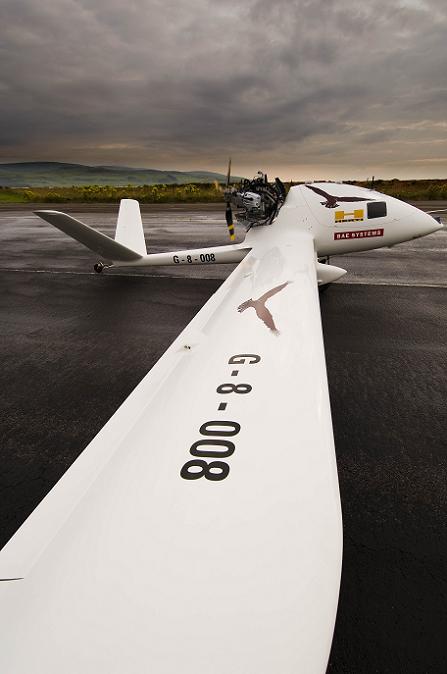BAE Systems is to continue research into unmanned combat air vehicle (UCAV) systems under a new technology demonstration programme to be agreed with the UK Ministry of Defence in January.
Announced in mid-December as part of the UK’s newly published Defence Industrial Strategy (DIS) white paper, the research effort – which BAE chief executive Mike Turner expects to value “in the tens of millions of pounds” – will build on a series of development programmes already staged by BAE using company funding.
The first real details of these activities emerged after the release of the DIS on 15 December, when Turner said: “We have been flying autonomous vehicles for some time under a secret programme.”
Notable successes have included the first fully autonomous flight of an unmanned air vehicle in UK airspace in August 2005, when BAE’s Herti-1A propeller-powered glider (pictured below) conducted a number of missions from Campbeltown in Scotland. Developed and flown within seven months, the modular vehicle reached a maximum altitude of 5,000ft (1,500m) and demonstrated its loiter capabilities during the sorties, says BAE, which is seeking military and commercial applications for the design.

More dramatically, BAE also recently conducted its first fully autonomous mission using a jet-powered UCAV-type demonstrator dubbed Corax (pictured below). Flown for the first time during 2004, the high-speed design uses a shrouded, above-fuselage engine and has an extended wing with moving control surfaces. BAE refers to the experimental design as “a highly survivable, strategic UAV system” employing “flexible and modular advanced flight-control systems."

The DIS document also makes reference to a BAE-developed UAV design called Raven, which it says “went from concept to first flight within 10 months”. Further details on the classified design are expected to be released in mid-January.
CRAIG HOYLE / LONDON
Source: Flight International
















